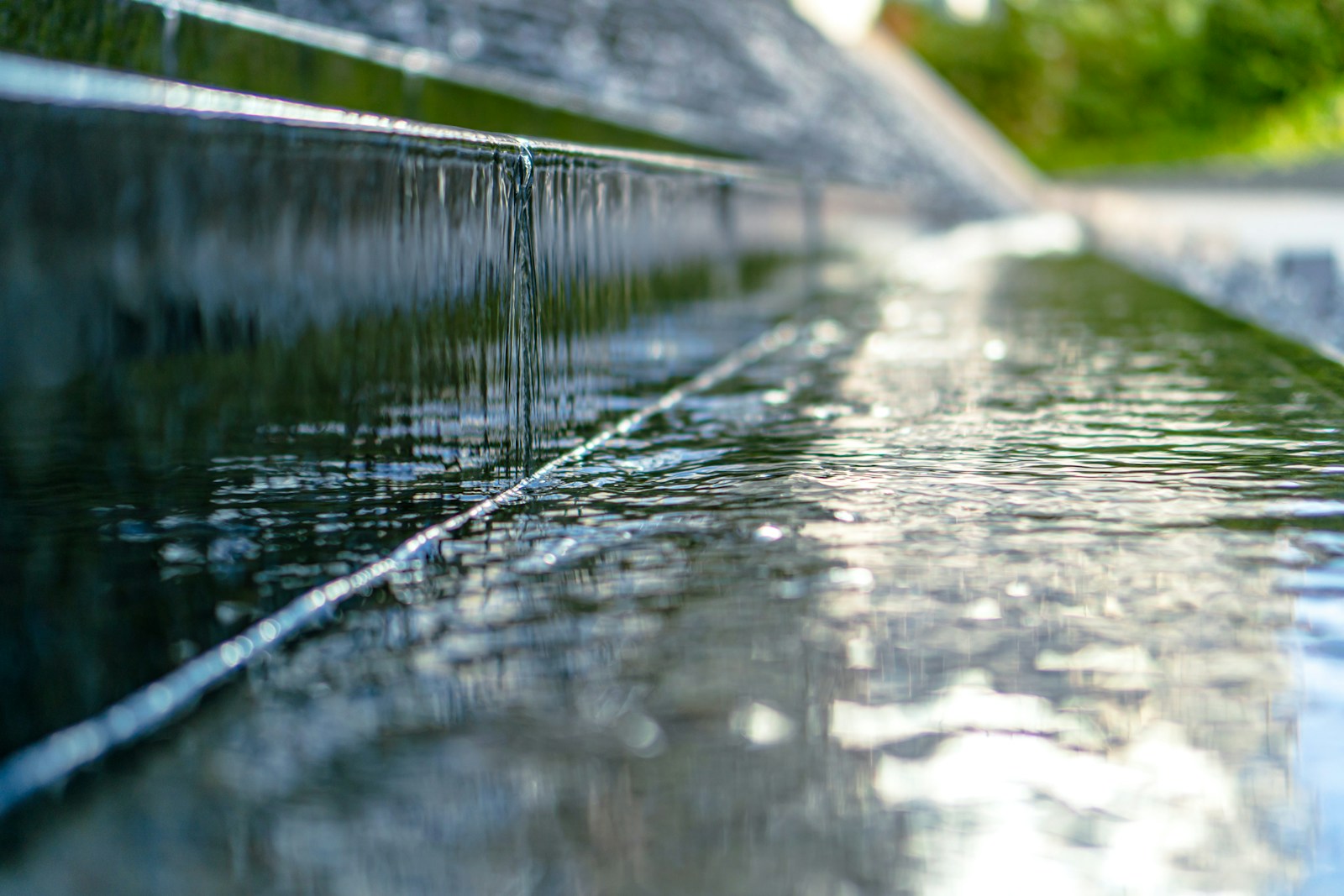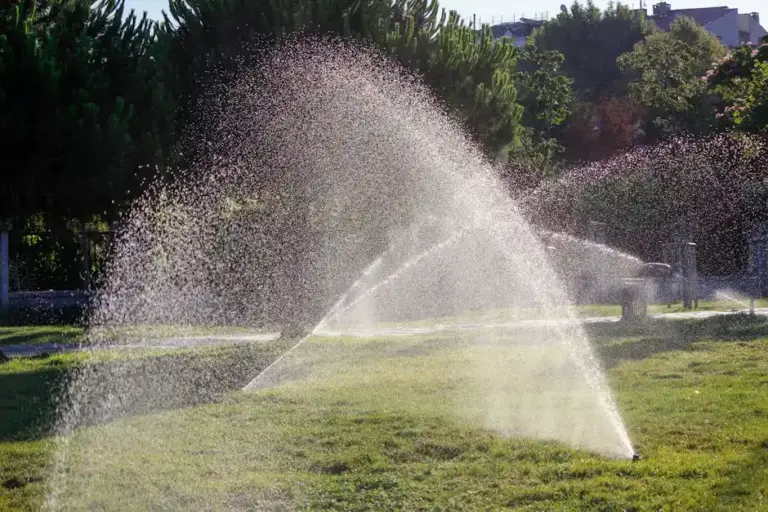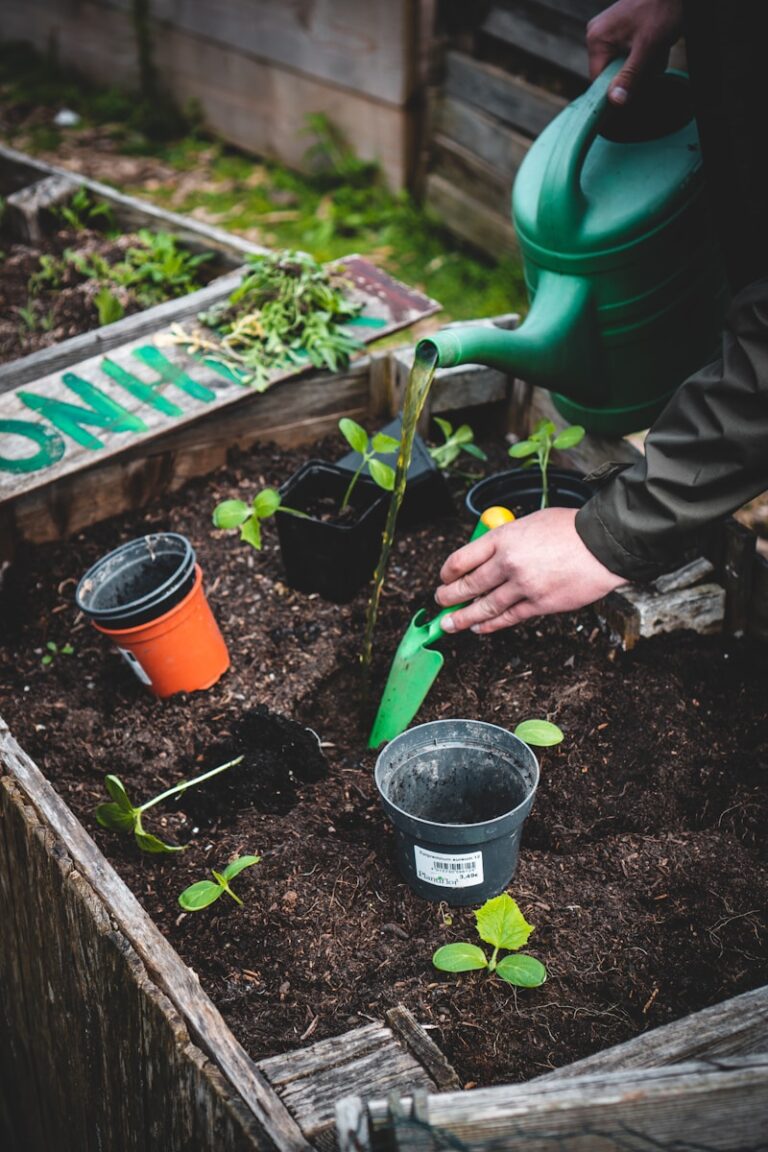7 Ways to Improve Drainage in Your Yard for a Healthier, Safer Outdoor Space
Ever step outside after a rainstorm and find your shoes sinking into soggy grass? You’re not alone. Many yards collect puddles that stick around for days, making it hard to enjoy your outdoor space.
Water that lingers can hurt your plants and even threaten your home’s foundation. But you don’t have to be a professional landscaper to make improvements.
Small, affordable changes can help move water away and keep your yard looking its best.
Extend downspouts away from your foundation

Downspouts are meant to guide rainwater away from your house, but sometimes they don’t reach far enough. When water pools near your foundation, it can cause erosion or even basement leaks.
Attaching extenders to your downspouts can send water several feet from your home. Some are flexible tubes, while others are rigid pipes that can be buried.
Pick what works for your yard and the amount of water you need to move. Most extenders are easy to install and don’t require special tools.
This simple fix helps keep your foundation dry and reduces soggy spots near your house.
Install a French drain to redirect water
French drains are a practical way to move water away from problem areas. They work well for yards with persistent wet spots.
Dig a trench where water collects, add a perforated pipe, and cover it with gravel. The pipe carries water away underground, out of sight.
Make sure the trench slopes slightly so water flows toward a safe area. French drains are effective and don’t change how your yard looks.
With some planning, you can install one yourself and enjoy a drier lawn.
Aerate your lawn to reduce soil compaction
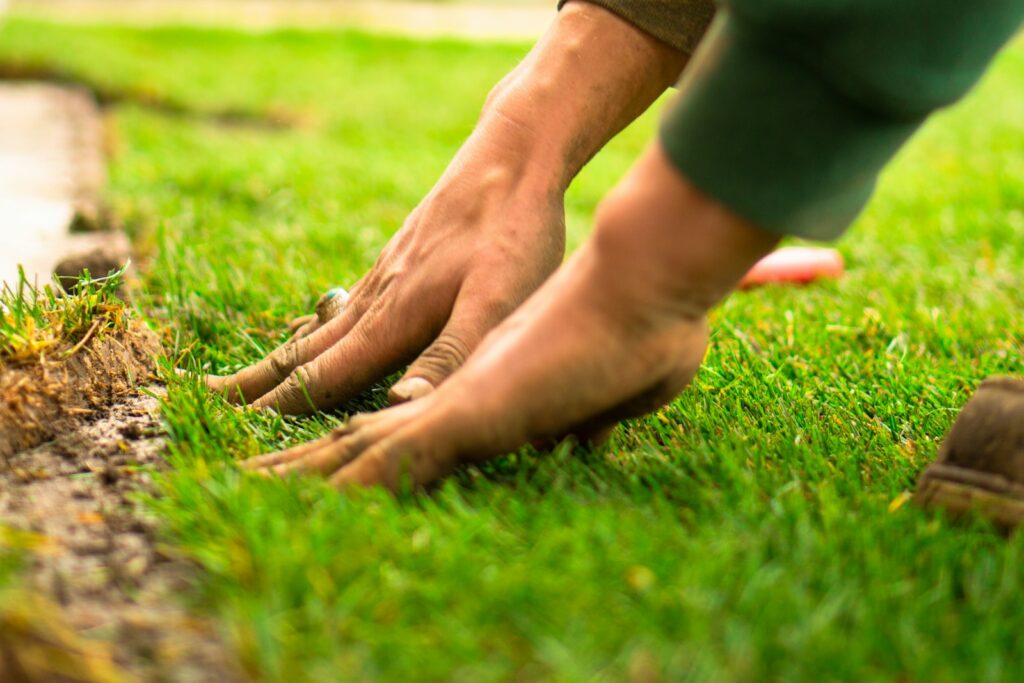
If your lawn feels spongy or water sits on top, the soil might be compacted. Compacted soil makes it tough for water to soak in and reach roots.
Aerating involves removing small plugs of soil to let water, air, and nutrients reach grass roots. You can rent a core aerator or use a manual tool to poke holes.
Aerate once or twice a year, depending on your grass and climate. After aerating, adding compost can help your soil absorb water even better.
A well-aerated lawn bounces back faster after rain and stays healthier.
Create a rain garden with water-tolerant plants
Rain gardens are both beautiful and functional. They collect runoff and help it soak into the ground instead of pooling on your lawn.
Pick a low spot in your yard where water gathers naturally. Plant native species that thrive in wet soil, like sedges, rushes, or certain ferns.
These plants absorb extra water and attract pollinators. Once established, rain gardens need little maintenance except for occasional watering.
A rain garden adds color to your yard and helps manage drainage at the same time.
Add organic compost to improve soil drainage

Mixing compost into your soil is a quick way to improve drainage. Compost breaks up heavy clay and creates spaces for water to move through.
Use well-rotted, crumbly compost for best results. Fresh compost can hold too much water and may cause other issues.
Regularly adding compost improves soil structure and helps plants get the moisture they need. Healthier soil means less standing water and stronger plants.
Build a dry well to collect and disperse runoff
A dry well is a hidden solution for collecting excess water. It’s a deep hole filled with gravel or stones that lets water slowly soak into the ground.
Dig a hole where water tends to pool, line it with landscape fabric, and fill it with gravel. You can connect downspouts or pipes to direct water into the dry well.
Dry wells work best in soil that drains well. They keep your yard drier and protect your foundation from excess moisture.
Grade your yard to slope water away from your home
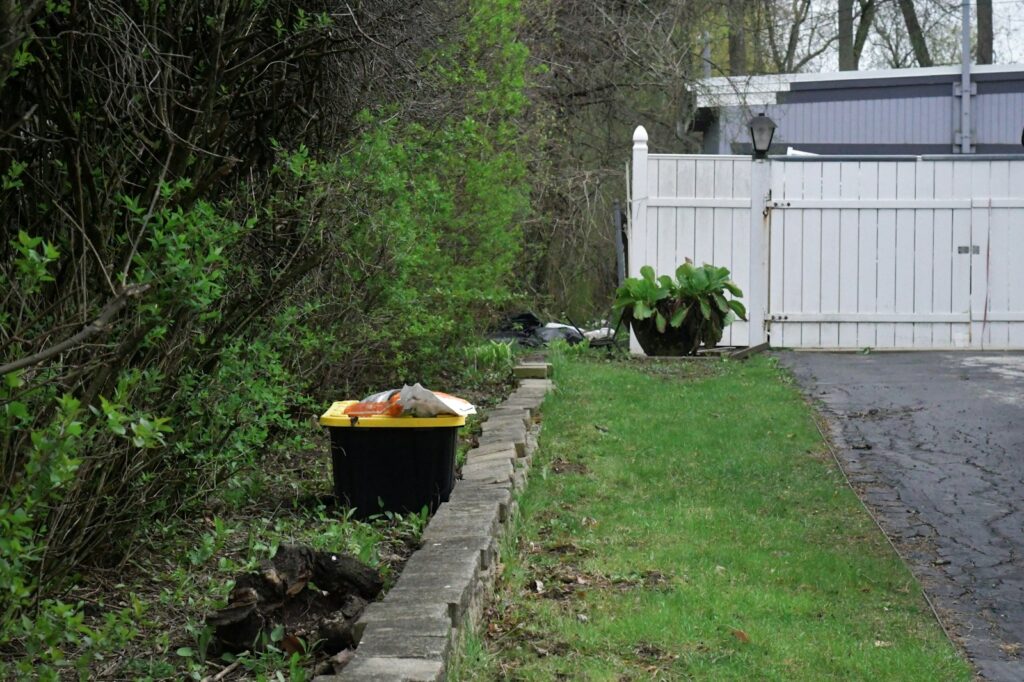
Sometimes, the shape of your yard is the problem. If your lawn is flat or slopes toward your house, water will collect near your foundation.
Use a rake or shovel to create a gentle slope away from your home. Even a slight incline can help water flow in the right direction.
Check that gutters and downspouts send water onto this slope. Extending downspouts may be necessary to keep water moving away.
Proper grading not only protects your home but also keeps your lawn healthier.
Understanding Yard Drainage
Yard drainage is about more than just puddles. When water doesn’t drain well, it can create headaches for homeowners.
Knowing what’s causing the problem is the first step to fixing it.
Common Causes of Poor Drainage
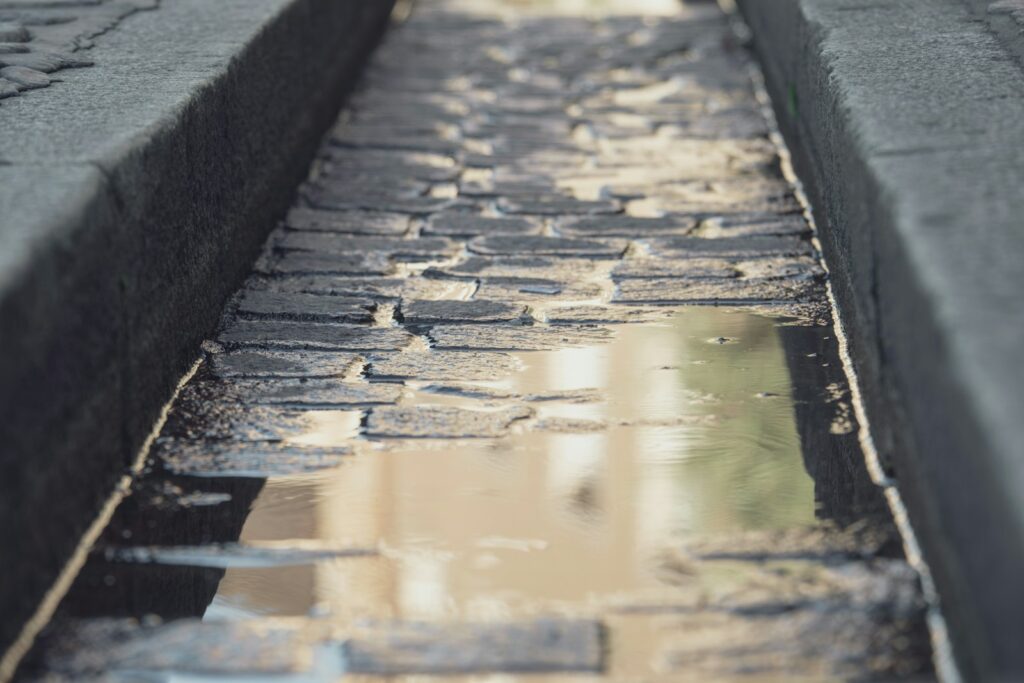
Low spots in your yard can collect water if the slope is uneven. Heavy clay soil holds water longer, making drainage slow.
If your downspouts dump water too close to your house or your gutters are clogged, water will build up fast. Hard surfaces like patios or driveways can block water from soaking in.
Sometimes, tree roots or thick mulch can also get in the way of proper drainage.
How Drainage Affects Your Landscape
Standing water can drown grass and plants, leading to brown patches or disease. Soggy soil keeps roots from getting the oxygen and nutrients they need.
Too much water near your foundation can cause cracks or attract pests like mosquitoes. Good drainage keeps your yard looking great and your home safe.
Maintaining Your Drainage Solutions
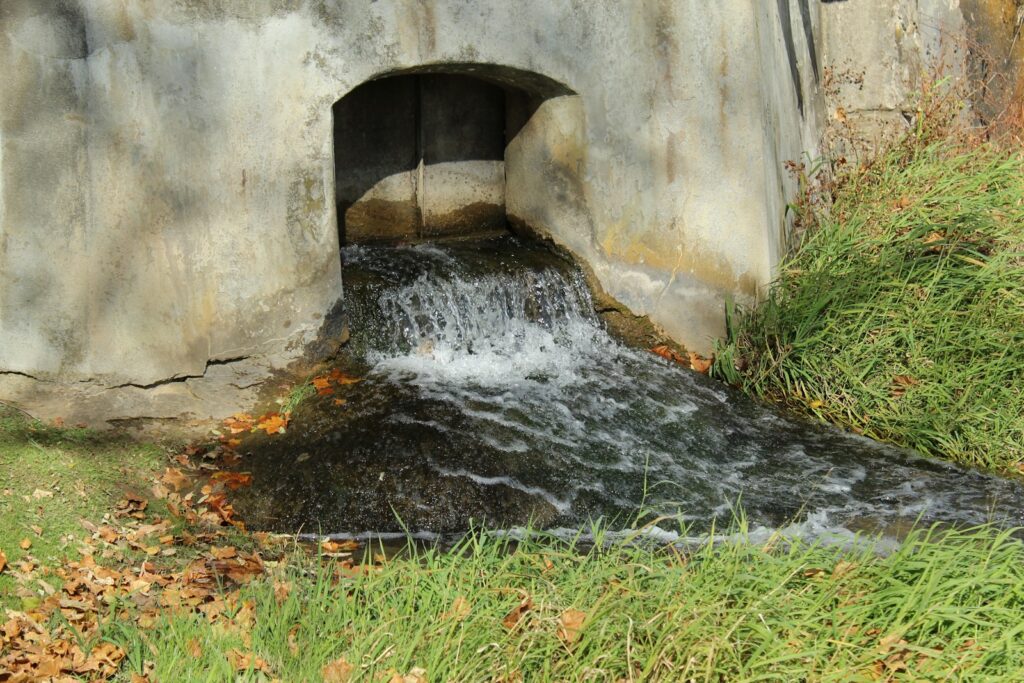
Drainage fixes work best when you keep an eye on them. A little maintenance goes a long way.
Check your yard regularly, especially after heavy rain or snowmelt. Look for spots where water lingers longer than it should.
Inspect pipes, gravel trenches, and any drainage channels for clogs or damage. Make sure slopes haven’t changed due to settling soil.
Use a simple checklist to stay on top of things:
- Are downspouts sending water far enough from your house?
- Is gravel in drains still in place and not blocked?
- Are rain gardens draining well, without standing water?
Staying proactive helps you avoid bigger problems down the road.
Preventing Drainage Clogs
When it rains, have you ever noticed water pooling around your house or in your yard? Leaves, dirt, and other debris can sneak into drains and gutters, causing frustrating clogs.
Cleaning gutters and downspouts at least twice a year can make a big difference, especially if you have trees nearby. Removing leaves and branches that pile up helps keep water flowing where it should.
Gutter guards or screens are a helpful way to cut down on debris build-up. For drains in the yard, mesh covers at pipe entrances can stop larger debris from getting inside.
Aerating your soil now and then helps water soak in instead of pooling on the surface. Keeping nearby plants trimmed can also help, since overgrown roots sometimes block underground pipes.

